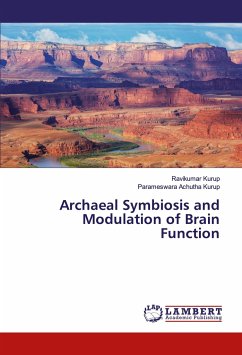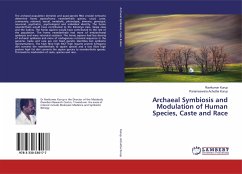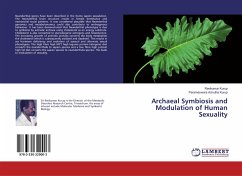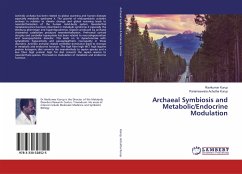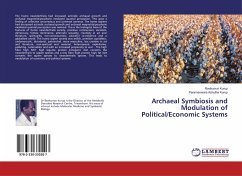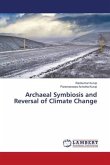Actinidic archaea has been related to global warming and human diseases especially neurodegeneration and neuropsychiatric disorder. The growth of endosymbiotic actinidic archaea in relation to climate change and global warming leads to neanderthalisation of the human mind-body system. Neanderthal metabolonomics has been described in neurodegeneration and, neuropsychiatric disorder especially the Warburg phenotype and hyperdigoxinemia. Digoxin produced by archaeal cholesterol catabolism produces neanderthalisation. Prefrontal cortical atrophy and cerebellar hyperplasia has been related to neurodegeneration and neuropsychiatric disorder. This leads on to dysautonomia with sympathetic hyperactivity and parasympathetic neuropathy in these disorders. Actinidic archaeal related cerebellar dominance leads to changes in brain function. The high fibre high MCT high legume protein ketogenic diet converts the neanderthalis to sapien species and a low fibre high protein high fat diet converts the sapien species to neanderthalis species. This leads to modulation of brain function.

